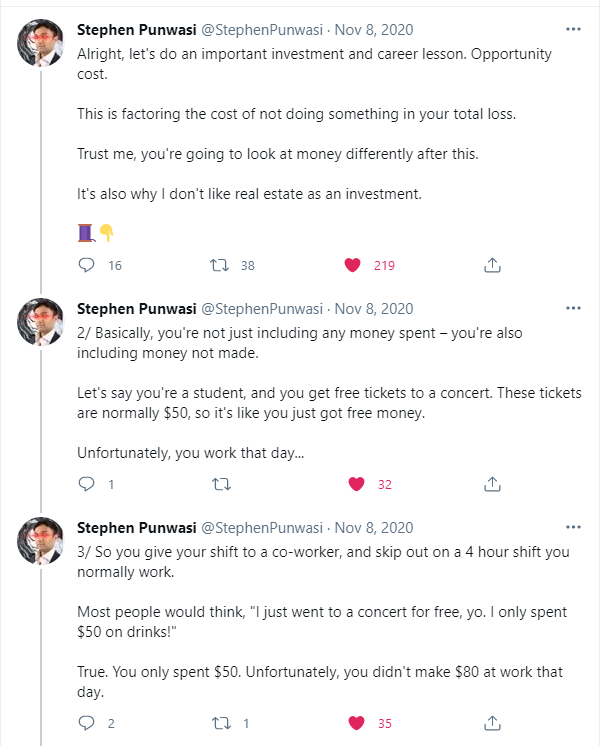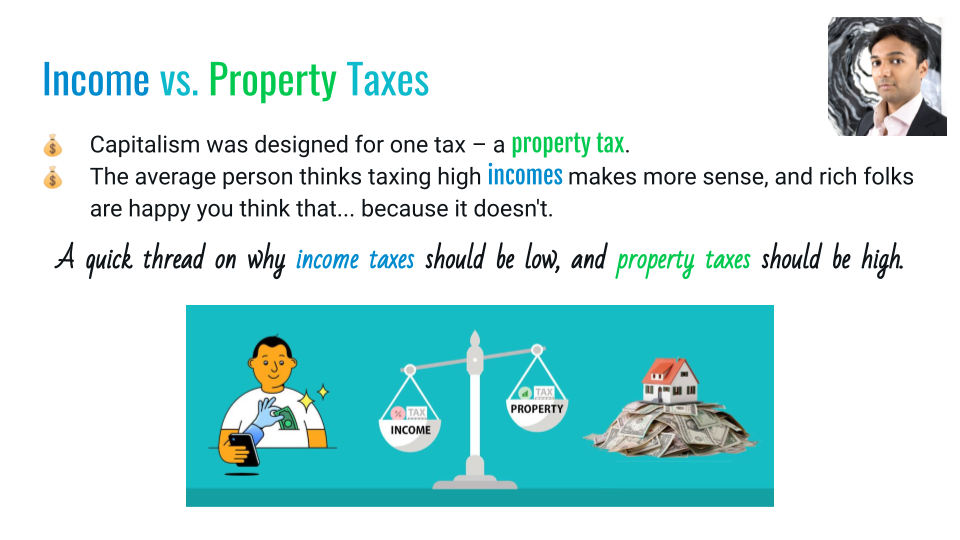More / Less List
Originally published in the New York Times, a More / Less List is a great illustrated way to look back at the previous year and look forward to the new year. What would you like to see more of in 2022? What needs to drop away? There could be some great discussions around the idea of resolutions, but also the imperfect idea of perfection.
Before / After Questions
What comes after a funny joke? What comes before you say, “I’m sorry.” What comes before the Nobel Prize? What comes after the new year? What comes before the feeling of pride? Before / After questions not only elicit some interesting and creative answers but often interesting depth of thought. Have students come up with their own questions to keep the “ball” rolling.
List of Before / After Questions
Put your answer after each question.
What comes after a funny joke?
What comes before you say, “I’m sorry”?
What comes after the telephone rings?
What comes before the victory parade?
What comes after the electricity goes off?
What comes before pay day?
What comes after the explosion?
What comes before the marathon race?
What comes after you hear “Look out!”
What comes before you sign the contract?
What comes after you lose your car keys?
What comes before the cure for the disease?
What comes after the broken window?
What comes before the Nobel Prize?
What comes after the blender stops?
What comes before the opening curtain on stage?
What comes after a rainstorm?
What comes before the crowd gets angry?
What comes after a squeaking door?
What comes before the concert?
What comes before the hard feelings?
What comes after the invitations are sent?
What comes before the trophy is presented?
What comes after you sign your name on the line?
What comes before a book becomes a bestseller?
Create some of your own for us to try………



